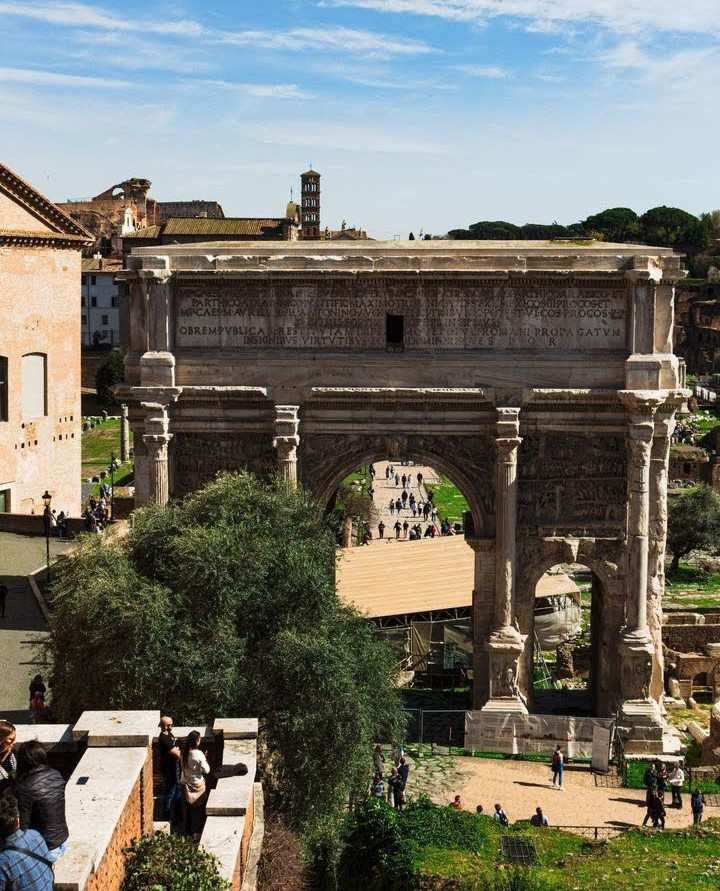
Oltre ai suoi famosi monumenti, questa metropoli nasconde tesori rari, angoli nascosti da scoprire. In questo articolo vi guideremo in un tour dei luoghi meno conosciuti di Roma, dove il fascino del raro e del misterioso si rivela in tutta la sua potenza.
Dalle curiose "statue parlanti" alle opere d'arte nascoste, ogni parte di Roma ha una storia unica, pronta a sorprendere tutti con un'accoglienza calda e accogliente. Preparatevi a scoprire una Roma insolita, lontana dai soliti percorsi turistici, un tour affascinante e il cuore segreto della città.
In addition to its famous monuments, this metropolis hides rare treasures, hidden corners to be discovered. In this article we will guide you on a tour of Rome's lesser-known places, where the charm of the rare and mysterious is revealed in all its power.
From curious "talking statues" to hidden works of art, every part of Rome has a unique story, ready to surprise everyone with a warm and welcoming welcome. Get ready to discover an unusual Rome, far from the usual tourist routes, a fascinating tour and the secret heart of the city.
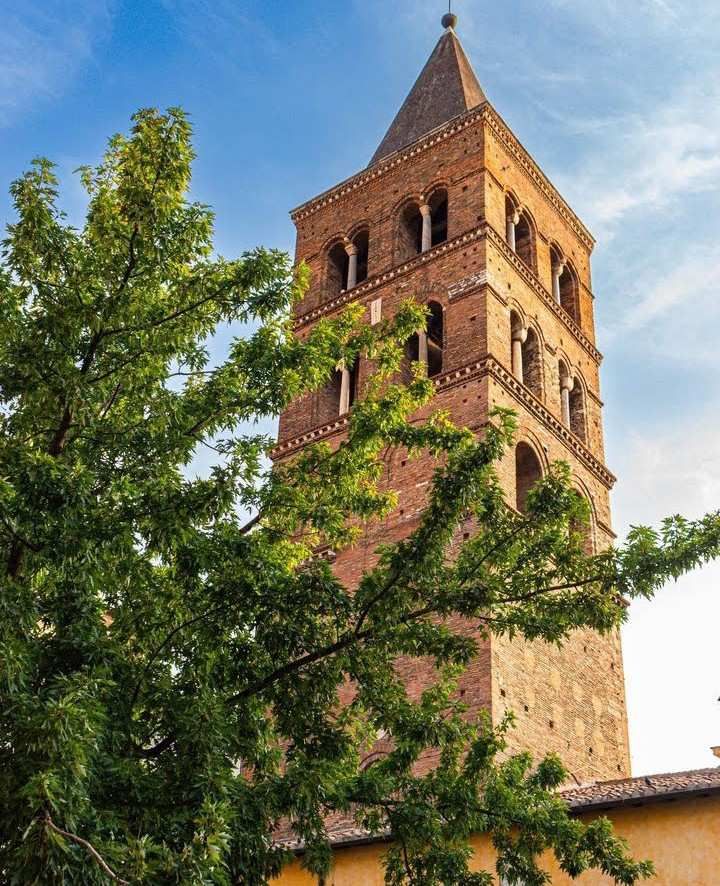
Piccolo Duomo di Milano
La Chiesa del Sacro Cuore del Suffragio è un bellissimo edificio nel quartiere Prati di Roma. Questa interessante e unica chiesa è chiamata anche "Chiesa delle Anime del Purgatorio" per il suo legame con il culto delle Anime del Purgatorio nella Piccola Cattedrale.
La facciata della chiesa è caratterizzata da una scenografica scalinata e da una serie di immagini di anime tormentate che emergono dalla facciata stessa. Queste sculture stimolanti attirano l'attenzione dei visitatori, creando un'atmosfera di mistero e spiritualità.
Anche l'interno della chiesa del Sacré-Cœur du Suffrage è suggestivo. Le pareti sono decorate con dipinti e affreschi, che raffigurano scene bibliche e la sofferenza delle anime del purgatorio. Altra attrazione è la Cappella delle Anime del Purgatorio, dove sono conservate le urne contenenti le preghiere dei fedeli defunti. Questo luogo offre un'esperienza unica di devozione e meditazione.
Small Cathedral of Milan
The Church of the Sacred Heart of Suffrage is a beautiful building in the Prati neighborhood of Rome. This interesting and unique church is also called the "Church of the Souls in Purgatory" because of its connection to the worship of the Souls in Purgatory in the Little Cathedral.
The facade of the church features a dramatic staircase and a series of images of tormented souls emerging from the facade itself. These inspiring sculptures draw the attention of visitors, creating an atmosphere of mystery and spirituality.
The interior of the Sacré-Cœur du Suffrage church is also striking. The walls are decorated with paintings and frescoes, depicting biblical scenes and the suffering of souls in purgatory. Another attraction is the Chapel of the Souls in Purgatory, where urns containing the prayers of the faithful departed are kept. This place offers a unique experience of devotion and meditation.
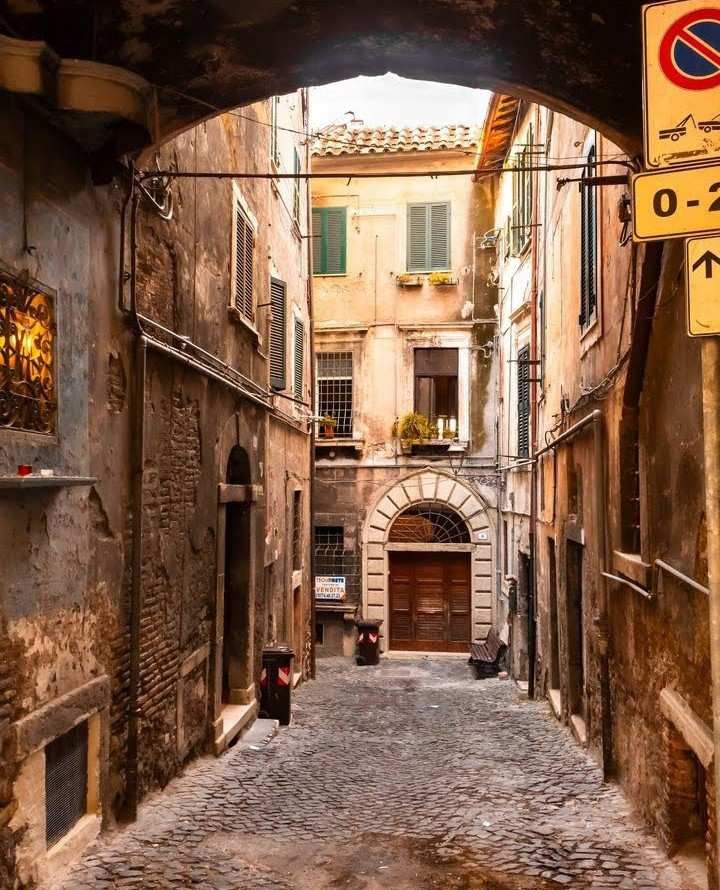
Se vuoi trovare un posto raro quello
piena di spirito a Roma, la Chiesa dei Santi
Heart of Suffrage è un'ottima scelta. Indirizzo: Lungotevere Prati, 00193 Roma RM
If you want to find a rare place that
full of spirit in Rome, the Church of the Ss.
Heart of Suffrage is an excellent choice. Address: Lungotevere Prati, 00193 Rome RM
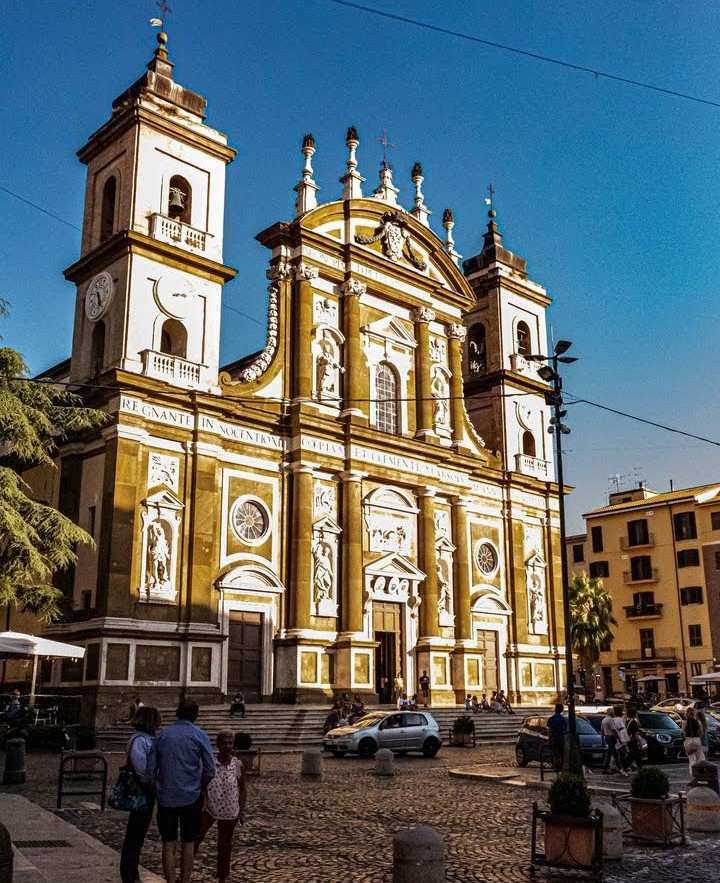
Aranceto
Il Parco degli Aranci, conosciuto anche come Parco Savello, è uno splendido parco situato sull'Aventino, uno dei sette colli di Roma.
Questo piccolo e maestoso parco è famoso per la sua tranquillità e le splendide viste panoramiche che offre sulla città, in particolare sulla Cupola di San Pietro. Come suggerisce il nome, il parco è decorato con bellissimi aranci, il cui profumo fragrante si diffonde nell'aria, creando un'atmosfera di relax e romanticismo. Orange Park è il luogo perfetto per una passeggiata rilassante, un picnic o semplicemente per godersi un momento di pace, lontano dal caos e dalla frenesia della città. Indirizzo: Piazza Pietro D'Illiria, Roma
Orange Grove
Parco degli Aranci, also known as Parco Savello, is a beautiful park located on the Aventine Hill, one of the seven hills of Rome.
This small and majestic park is famous for its tranquility and the splendid panoramic views it offers of the city, particularly of St. Peter's Dome. As the name suggests, the park is decorated with beautiful orange trees, whose fragrant scent wafts through the air, creating an atmosphere of relaxation and romance. Orange Park is the perfect place for a relaxing walk, a picnic, or simply to enjoy a peaceful moment away from the hustle and bustle of the city. Address: Pietro D'Illiria Square, Rome

Zona copta
Il quartiere Coppedè è un gioiello architettonico nascosto nel centro di Roma. Questa comunità, situata nella regione di Trieste, è una costruzione molto bella e unica. Progettata dall'architetto Gino Coppedè negli anni '20, la zona Coppedè è un mix di stili architettonici che si fondono tra loro creando un'atmosfera da favola.
Mentre cammini per le sue strade, ti sentirai come se fossi stato trasportato in un mondo fantastico, circondato da edifici intricati, pieni di decorazioni e simboli misteriosi. Una delle cose del quartiere è il famoso "Villino delle Fate", una residenza fiabesca che sembra uscita da una fiaba.
Coppedè area
The Coppedè neighborhood is an architectural gem hidden in the center of Rome. This community, located in the Trieste region, is a very beautiful and unique building. Designed by architect Gino Coppedè in the 1920s, the Coppedè area is a mix of architectural styles that blend together creating a fabulous atmosphere.
As you walk through its streets, you'll feel as if you've been transported to a fantasy world, surrounded by intricate buildings full of mysterious decorations and symbols. One of the things in the neighborhood is the famous "Villino delle Fate," a fairy-tale residence that looks like something out of a fairy tale.
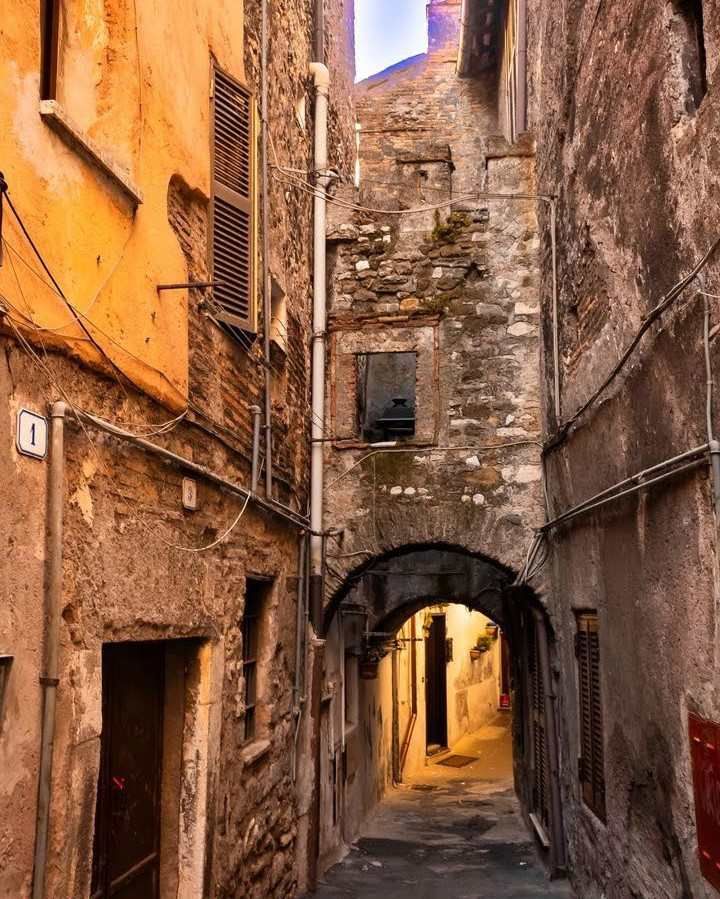
Con la sua torretta, le decorazioni fiorentine e le intricate sculture, il Villino delle Fate è un capolavoro architettonico da non perdere durante la vostra visita. Oltre al Villino delle Fate, la zona Coppedè presenta altri edifici unici, come il Palazzo del Ragno con il suo lato gotico.
Se sei interessato all'architettura e vuoi scoprire una parte insolita di Roma, non puoi perderti il quartiere Coppedè.Orologio ad acqua
With its turret, Florentine decorations and intricate sculptures, the Villino delle Fate is an architectural masterpiece not to be missed during your visit. In addition to the Villino delle Fate, the Coppedè area has other unique buildings, such as the Palazzo del Ragno with its Gothic side.
If you are interested in architecture and want to discover an unusual part of Rome, you cannot miss the Coppedè district.Water Clock

L'orologio ad acqua di Villa Borghese a Roma è un capolavoro di ingegneria e arte, nascosto tra le strade verdi di uno dei parchi preferiti della città. Creato nel 1867 dall'inventore e artista Gian Battista Embriaco, frate domenicano con la passione per le macchine, questo orologio è un esempio unico di creatività e ingegno. Situato nei pressi del Galoppatoio di Villa Borghese, l'orologio è realizzato interamente in legno e pietra ed è alimentato dalla forza dell'acqua, che aziona un complesso sistema idraulico. L'acqua, che proviene da una sorgente vicina, aziona numerose ruote e ingranaggi che, a loro volta, controllano il movimento della mano. Questo orologio non è solo un pezzo di storia, ma anche un'opera d'arte che impressiona i visitatori con la sua bellezza e intelligenza.
The Villa Borghese water clock in Rome is a masterpiece of engineering and art, hidden among the green streets of one of the city's favorite parks. Created in 1867 by inventor and artist Gian Battista Embriaco, a Dominican friar with a passion for machines, this clock is a unique example of creativity and ingenuity. Located near the Galoppatoio di Villa Borghese, the clock is made entirely of wood and stone and is powered by the force of water, which drives a complex hydraulic system. The water, which comes from a nearby spring, drives numerous wheels and gears that, in turn, control the movement of the hand. This clock is not only a piece of history, but also a work of art that impresses visitors with its beauty and intelligence.
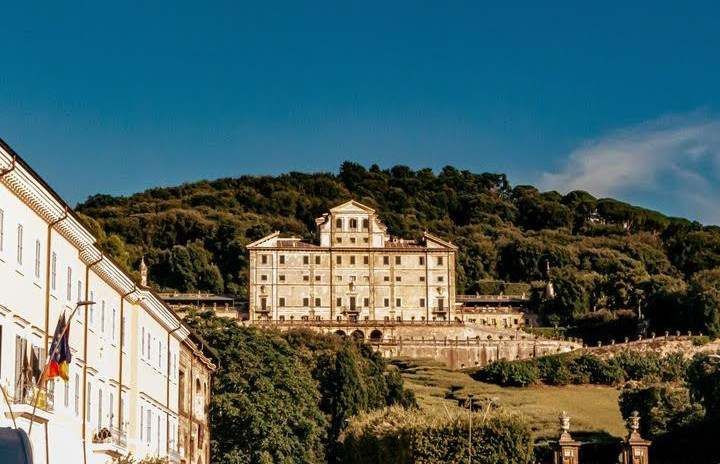
Il suo bellissimo design e il processo innovativo lo rendono uno dei film Il bellissimo complesso di Villa Torlonia a Roma è un capolavoro architettonico.
Costruito come casa svizzera nel 1840, fu trasformato tra il 1908 e il 1916 in quello che è oggi: un esempio unico di stile italiano. Caratterizzato da torrette, vetrate, ceramiche e tanti riferimenti alla civetta, da cui prende il nome, l'edificio trasuda magia e dettaglio.
Oggi è un museo aperto al pubblico, che permette di immergersi nell'atmosfera degli anni passati, esplorando una piccola parte della famosa e interessante storia dell'arte romana. Indirizzo: Via Nomentana, 70, Roma
Its beautiful design and innovative process make it one of the films The beautiful Villa Torlonia complex in Rome is an architectural masterpiece.
Built as a Swiss house in 1840, it was transformed between 1908 and 1916 into what it is today: a unique example of Italian style. Featuring turrets, stained glass windows, ceramics, and many references to the owl, from which it takes its name, the building exudes magic and detail.
Today it is a museum open to the public, allowing visitors to immerse themselves in the atmosphere of years gone by, exploring a small part of the famous and interesting history of Roman art. Address: Via Nomentana, 70, Rome
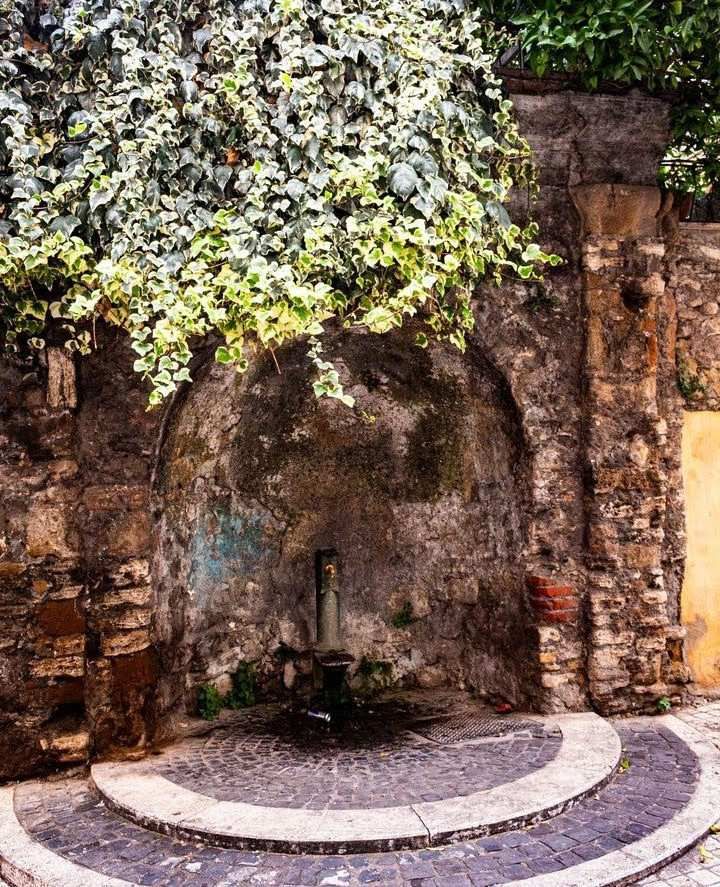
Spazio chiave
Il buco della serratura, situato sul colle Aventino, è uno dei segreti meglio custoditi di Roma.
Questo interessante luogo di interesse offre una vista unica della Città Eterna. È un'esperienza magica che permette ai visitatori di affacciarsi attraverso una piccola apertura della porta e di vedere un bellissimo panorama di Roma che sembra essere stato perfettamente conservato.
Per arrivare al Buco della Serratura si può percorrere la tranquilla strada che conduce all'Aventino.na volta arrivato al cancello del Priorato dei Cavalieri di Malta, ti ritroverai di fronte ad un piccolo buco nel ferro. Guardando attraverso questo foro avrete una meravigliosa vista di Roma.
Key Space
The Keyhole, located on the Aventine Hill, is one of Rome's best-kept secrets.
This interesting place of interest offers a unique view of the Eternal City. It is a magical experience that allows visitors to look out through a small door opening and see a beautiful view of Rome that seems to have been perfectly preserved.
To get to the Keyhole you can walk down the quiet street that leads to the Aventine.na once you arrive at the gate of the Priory of the Knights of Malta, you will be faced with a small hole in the iron. Looking through this hole you will have a wonderful view of Rome.
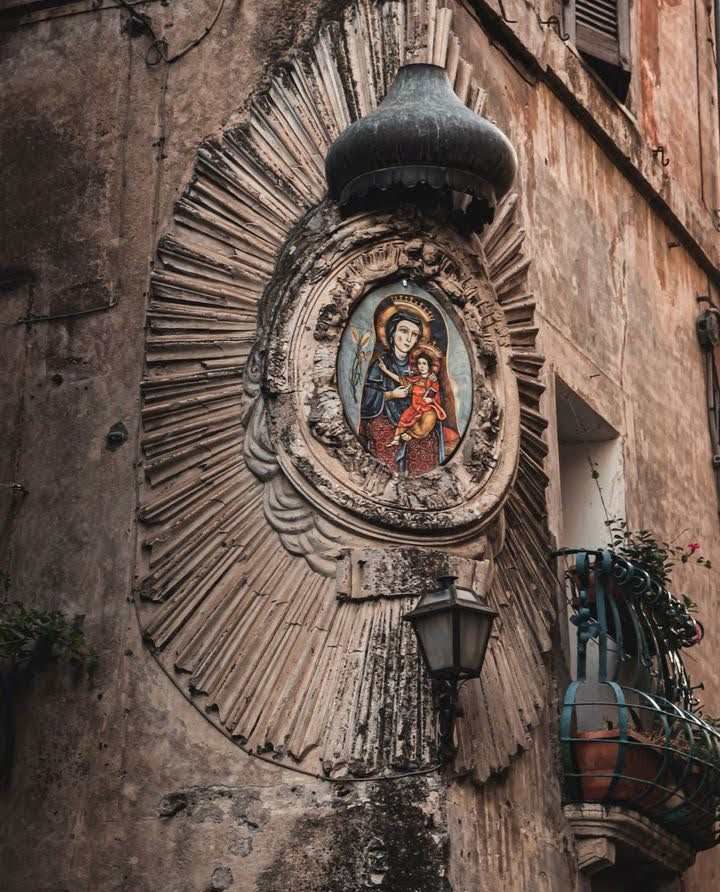
Ciò che rende Keyhole così interessante è il quadro completo che ottieni. Dall'apertura si può ammirare la Cupola Saint-Pierre che appare particolarmente tra gli alberi del Jardin des Orangers. Se sei a Roma e cerchi un'esperienza unica e unica, non perdere l'occasione di visitare il Buco della Serratura. È un must che ti permetterà di vedere la bellezza di Roma in un modo nuovo.
What makes Keyhole so interesting is the complete picture you get. From the opening you can admire the Saint-Pierre Dome, which particularly appears among the trees in the Jardin des Orangers. If you are in Rome and looking for a unique and one-of-a-kind experience, do not miss the opportunity to visit the Keyhole. It is a must-see that will allow you to see the beauty of Rome in a new way.
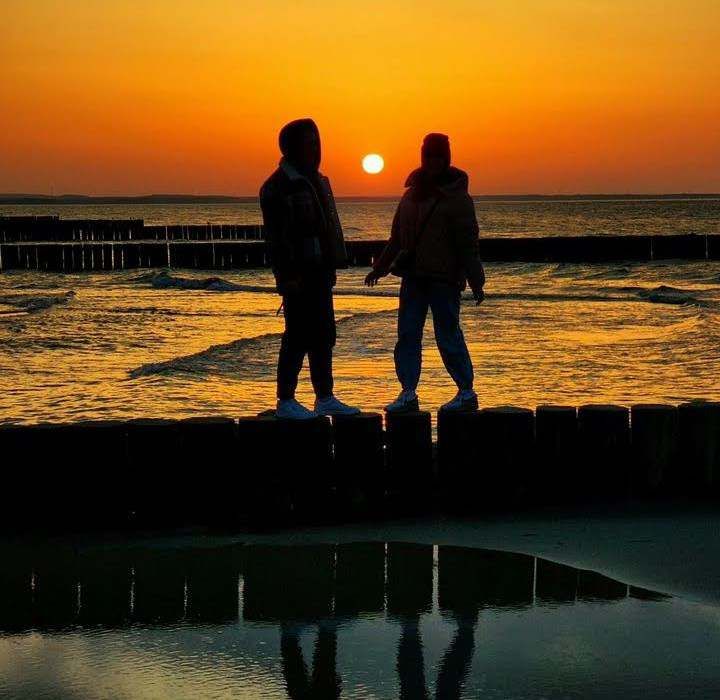
Indirizzo: Piazza dei Cavalieri di Malta, 4, 00153 Roma Veduta speciale del Vaticano
S. Il Colonnato di San Pietro è uno dei monumenti più attraenti e riconoscibili di San Pietro. Piazza San Pietro, il cuore pulsante del Vaticano e di Roma. La magnifica architettura barocca fu progettata e costruita da Gian Lorenzo Bernini nel XVII secolo.
È composto da quattro file di colonne doriche disposte a ferro di cavallo che scendono in due aperture su ciascun lato della piazza. Le colonne 284 e 88 formano una sorta di braccia di accoglienza che, secondo le parole dello stesso Bernini, rappresentano "l'accoglienza della madre della Chiesa verso i fedeli e gli eretici".
Address: Piazza dei Cavalieri di Malta, 4, 00153 Rome Special view of the Vatican
S. St. Peter's Colonnade is one of St. Peter's most attractive and recognizable monuments. St. Peter's Square, the beating heart of the Vatican and Rome. The magnificent Baroque architecture was designed and built by Gian Lorenzo Bernini in the 17th century.
It consists of four rows of Doric columns arranged in a horseshoe shape that descend into two openings on each side of the square. Columns 284 and 88 form a kind of welcoming arms that, in Bernini's own words, represent "the welcome of the mother of the Church toward the faithful and heretics."
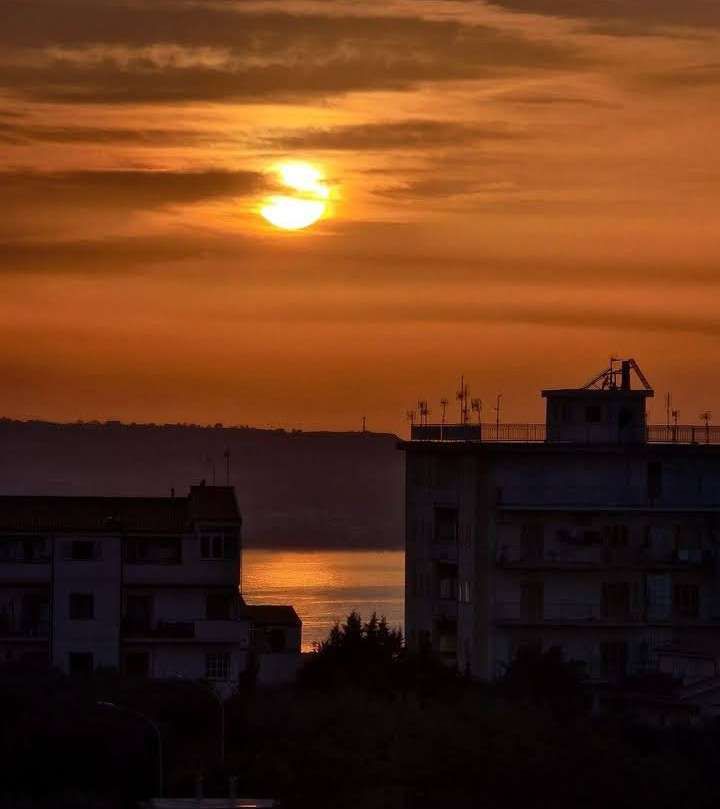
Uno degli aspetti più sorprendenti del colonnato, tuttavia, è l'effetto visivo che Bernini ha abilmente incorporato nel suo progetto. Dal centro della piazza, guardando attraverso le colonne da uno dei due punti, diverse linee di colonne sembrano collegarsi in un'unica linea a causa della disposizione delle viste.
Questo effetto visivo è diventato uno spettacolo popolare e un perfetto esempio del genio e dell'abilità artistica del Bernini. Roma è una città di tesori preziosi e S. Il Colonnato di San Pietro è senza dubbio uno dei suoi più grandi gioielli, simbolo di accettazione universale e di bellezza architettonica.
One of the most striking aspects of the colonnade, however, is the visual effect that Bernini skillfully incorporated into his design. From the center of the square, looking across the columns from either point, several lines of columns appear to connect into a single line because of the arrangement of the views.
This visual effect has become a popular sight and a perfect example of Bernini's genius and artistry. Rome is a city of precious treasures and St. Peter's Colonnade is undoubtedly one of its greatest jewels, a symbol of universal acceptance and architectural beauty.

Il cuore di Nerone in S. Peter
C'è un piccolo dettaglio in questa piazza, noto solo a pochi visitatori, che ha un significato speciale: il "pavimento" con i cuori. I Sanpietrini sono pavimentazioni in basalto comunemente utilizzate nelle strade di Roma e del Vaticano. Il nome deriva da S. Peter Square, fu utilizzata per la prima volta nel XVI secolo. Tra le migliaia di piccole pietre che compongono la piazza, c'è un blocco unico a forma di cuore. Non si sa perché fosse lì né chi lo custodisse, ma è chiaro che ha attirato l'attenzione di molte persone. Alcuni dicono che rappresenti l'amore di Dio per il mondo, mentre altri credono che sia un omaggio di un artista sconosciuto.
Nonostante ciò, la pietra del selciato a forma di cuore è diventata un piccolo ma significativo simbolo di amore e speranza. Trovarlo può essere una sfida divertente e gratificante per i visitatori.
Nero's heart in St. Peter's.
There is a small detail in this square, known only to a few visitors, that has special significance: the "pavement" with hearts. Sanpietrini are basalt pavements commonly used in the streets of Rome and the Vatican. Named after St. Peter Square, it was first used in the 16th century. Among the thousands of small stones that make up the square is a unique heart-shaped block. It is not known why it was there or who guarded it, but it is clear that it has attracted the attention of many people. Some say it represents God's love for the world, while others believe it is a tribute from an unknown artist.
Nevertheless, the heart-shaped pavement stone has become a small but significant symbol of love and hope. Finding it can be a fun and rewarding challenge for visitors.
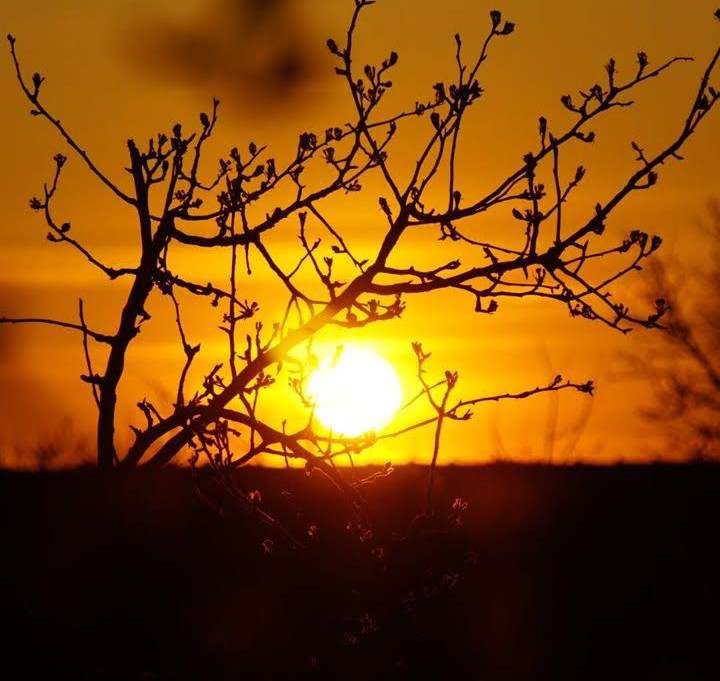
Una volta scoperto, offre un'occasione unica per foto ricordo e ricordo degli interessanti e affascinanti dettagli del grande giardino di S. Peter. Andate alla tessera “Vento dell'Ovest” e andate a destra verso la Chiesa, e guardate attentamente la piccola pietra, vedrete il cuore disegnato.
Once discovered, it offers a unique opportunity for souvenir photos and remembrance of the interesting and fascinating details of St. Peter's large garden. Go to the "West Wind" tile and go right to the Church, and look carefully at the small stone, you will see the drawn heart.

Indirizzo: Piazza San Bar Canova Tadolini
Il Bar Canova Tadolini a Roma è un luogo unico, dove arte e gastronomia si incontrano per un'esperienza indimenticabile. Situato nella vivace zona di Via del Babuino, vicino a Piazza del Popolo, questo storico caffè era un tempo il laboratorio degli artisti Antonio Canova e Adamo Tadolini. dentro,Address: Piazza San Bar Canova Tadolini
Bar Canova Tadolini in Rome is a unique place where art and gastronomy meet for an unforgettable experience. Located in the lively Via del Babuino area near Piazza del Popolo, this historic café was once the workshop of artists Antonio Canova and Adamo Tadolini. inside
Telegram and Whatsapp
Italy is the most beautiful place on Earth.
Curated by @ultravioletmag
Telegram and Whatsapp